Best Solar Inverters 2025: Easy Guide
Choosing the right solar inverter is key to getting the most out of your solar energy system. Recent advancements in the solar industry have led to better inverter options for 2025, offering improved quality and reliability. Here’s a simple, clear guide to the best solar inverters in 2025, what features matter, and what all the technical terms really mean.
Top 5 Best Solar Inverters 2025
| Inverter Model | Type | Why It’s Good |
|---|---|---|
| SMA Sunny Tripower CORE1 | String Inverter | High efficiency, smart monitoring, keeps cool for longer life. SMA inverters are known for their reliability, long lifespan, and advanced features such as Wi-Fi connectivity and mobile app support. |
| Fronius Symo GEN24 | Hybrid Inverter | Works with batteries, gives backup power, lets you track your system from your phone. Fronius inverters have a long-standing reputation for quality and reliability, and the Symo GEN24 can be integrated with the Fronius Smart Meter for advanced home energy monitoring and detailed consumption analysis. |
| SolarEdge HD-Wave | DC-Optimized String | Gets the most energy from each panel, very safe, uses less power to do more. SolarEdge inverters feature advanced technology, system integration, and unique panel-level monitoring through the Solaredge inverter’s power optimizers. |
| Enphase IQ 7 | Microinverter | Each panel works on its own, easy to expand, very reliable. |
| Huawei SUN2000 | String/Hybrid | Uses AI to boost output, wide voltage range, easy battery add-on. |
Other notable brands in the residential solar market include Solis inverters, GoodWe inverters (such as the ES series hybrid inverter), and Sungrow inverters. These brands are recognized for their global presence, innovative features, and reliable performance in both residential and commercial solar installations.
Choosing high quality inverters is essential for system reliability and efficiency. String solar inverters remain a popular choice for residential and commercial applications due to their versatility and advanced monitoring capabilities.
Key Features Explained (In Plain English)
Maximum Power Point Tracking (MPPT):
This tech uses a maximum power point tracker to optimize energy harvest from each solar module, ensuring your system gets the most energy from your solar panels, even if some are in shade. The inverter manages the DC electricity generated by solar cells and converts it into usable AC power (alternating current) for your home.
What does this mean?
It means your inverter is smart about squeezing out every bit of power, and how much power is produced depends on key factors like inverter efficiency, which impacts your overall energy generation.
String Inverters vs. Microinverters:
String inverters connect panels in a group, which is cost-effective for bigger systems and are a popular choice for grid tied inverters in residential solar systems. They are commonly used in PV systems and are compatible with a wide range of solar modules. Microinverters go on each panel, so if one panel has a problem, the rest keep working.
What does this mean?
Microinverters give you more flexibility and better performance if your roof gets shade.
Hybrid Inverters:
These work with both the grid and batteries, so you can store solar energy for later.
What does this mean?
You get backup power during outages and can use solar energy at night.
Pure Sine Wave Output:
Pure sine wave inverters provide a clean electrical signal with reduced harmonic distortion, making them important for powering sensitive electronics and inductive loads.
What does this mean?
Your inverter won’t damage sensitive devices like computers or TVs, and pure sine wave inverters ensure efficient operation for all your home appliances.
Integrated Export Power Control:
Lets you control how much solar power goes to the grid.
What does this mean?
You can follow local rules and keep more solar power for yourself.
Active Cooling System:
Uses fans or heat sinks to keep the inverter cool, which reduces thermal stress and helps increase power output.
What does this mean?
Your inverter lasts longer and works better in hot weather.
Certified DC Isolator:
A certified DC isolator is included for safety and compliance, ensuring safe disconnection of DC power during maintenance or emergencies.
What does this mean?
Your system meets regulatory standards and enhances overall safety.
Advanced Features:
Things like remote monitoring, safety shut-offs, easy battery add-ons, and advanced power electronics for improved reliability and efficiency.
What does this mean?
You can check your system from your phone, benefit from robust inverter performance, and upgrade later if you want.
How Solar Inverters Work
A solar inverter turns the DC power (direct current) generated by your solar panels into alternating current (AC electricity) for your home.
What does this mean? It makes the power from your panels usable for your appliances.
The solar inverter is a key component of the PV system (solar PV system), ensuring efficient energy generation and delivery.
Modern inverters use smart electronics and MPPT to boost how much energy you get by optimizing energy generation from each solar module.
What does this mean? You get more usable power from the same number of panels.
Hybrid and battery-ready inverters let you add batteries easily, allowing you to store energy for later use.
What does this mean? You can store extra solar energy and use it when the sun isn’t shining.
New Solar Inverter Technology in 2025
AI-Powered Optimization:Some inverters use artificial intelligence to adjust settings and get more energy, driven by the latest advancements in solar technology. What does this mean? Your inverter has more processing power and can make smart decisions on its own.
Smart Solar Monitoring:You can see how much energy you’re making and using, right from your phone. What does this mean? It’s easy to track your savings and spot problems early.
Battery Integration:Inverters now work better with batteries for storing solar power. Hybrid systems are becoming more common, allowing for greater flexibility and future-proofing. What does this mean? You can use solar energy even at night or during blackouts.
Power Optimizers:Devices that help each panel work at its best, even if others are shaded. What does this mean? Your whole system performs better, even if one panel isn’t.
Cost Effective Solar Solutions:Inverters are getting cheaper and better, so you get more for your money. What does this mean? Solar is more affordable and efficient than ever.
The solar inverter market is rapidly expanding, offering a growing variety of options for both grid-tied and off grid solar systems, as well as advanced hybrid systems that integrate the latest solar technology.
What to Look For
High efficiency (gets you more power)
Works with the grid and/or batteries
Easy to monitor and control
Safe and reliable
Can be upgraded with new tech
Selecting the right inverter is one of the key factors in building an efficient and reliable solar pv system, as it directly impacts system performance, safety, and long-term reliability.
Off-Grid Inverter Solutions
If you’re planning a solar power system that isn’t connected to the grid, you’ll need an off grid inverter. Off grid inverters are designed to work independently, providing reliable AC power from the energy stored in your batteries and the electricity generated by your solar panels. These inverters often come with built-in battery chargers, so they can manage both charging your energy storage systems and delivering stable power output for your home or cabin.
Modern off grid inverters, sometimes called multi-mode inverters, can be set up as either AC or DC-coupled systems, giving you flexibility in how you design your solar panel system. They work hand-in-hand with solar charge controllers (using maximum power point tracking) to make sure your batteries are charged efficiently and safely, preventing overcharging and extending battery life.
When choosing an off grid inverter, pay attention to its power rating, efficiency, and compatibility with your solar panels and battery bank. The right off grid inverter will keep your off grid systems running smoothly, whether you’re powering a remote cabin, a tiny home, or a backup system for emergencies.
Hybrid Inverter Benefits
Hybrid inverters, sometimes called battery ready inverters, are a smart choice if you want to get the most out of your solar power system. These advanced solar inverters combine solar generation with energy storage, letting you store extra power in batteries for use at night or during blackouts. This means you can enjoy backup power when you need it most and increase your energy independence from the grid.
Hybrid inverters are packed with advanced features like maximum power point tracking, integrated export power control, and smart energy storage management. They’re designed to work seamlessly with battery storage, so you can easily add batteries to your system now or in the future. While hybrid inverters can cost a bit more than standard models, falling battery prices and new technology are making them more affordable every year.
If you want a solar system that’s flexible, future-proof, and ready for anything, hybrid inverters are one of the best solar solutions available.
Safety Considerations
Safety should always be a top priority when choosing a solar inverter for your solar panel system. Solar panels generate direct current (DC) electricity, which can reach high voltages—up to 600V in homes and even higher in commercial setups. This DC electricity can be dangerous if not properly managed, so it’s important to choose a solar inverter with robust safety features.
Look for solar inverters that offer overcurrent protection, short-circuit protection, and ground fault protection to help prevent electrical hazards. High-quality solar inverters are built with certified components and meet strict safety standards, such as UL 1741 and IEEE 1547. These certifications ensure your inverter is designed to safely handle the DC electricity from your solar panels and protect your home from risks like electrical fires.
Choosing a safe, certified solar inverter gives you peace of mind and helps keep your solar energy system running smoothly for years to come.
Inverter Installation
Getting the most out of your solar inverter starts with a proper installation. Your inverter should be installed in a cool, well-ventilated spot, away from direct sunlight and extreme temperatures, to help it last longer and work efficiently. It’s also important to connect your solar inverter to the right electrical panel and make sure all wiring meets local codes.
Always have a qualified solar installer handle the setup of your solar panel system. Professional installers know how to configure your inverter for your specific solar panels and battery bank, ensuring everything works safely and efficiently. After installation, regular maintenance—like cleaning dust from vents and checking for warning lights—can help prevent problems and keep your system performing at its best.
A well-installed solar inverter is the heart of a reliable solar panel system, so don’t cut corners when it comes to setup and care.
Inverter Warranty and Service
A strong warranty and reliable service are essential when choosing a solar inverter. Most solar inverters come with warranties ranging from 5 to 10 years, and some brands offer extended coverage up to 25 years. A good warranty protects your investment and ensures you’ll get support if anything goes wrong.
Look for solar inverter manufacturers with a reputation for excellent customer service, including easy access to technical support, troubleshooting help, and straightforward warranty claims. Brands like Fronius and SolarEdge stand out for their online monitoring platforms and mobile apps, which let you track your system’s performance and get alerts if there’s an issue.
Choosing a solar inverter with a solid warranty and responsive service gives you confidence that your solar energy system will keep delivering value for years to come.
Conclusion
Picking the best solar inverter in 2025 means you’ll get more energy, save money, and have a system that’s ready for the future. Look for smart features, battery compatibility, and easy monitoring to make the most of your solar panel system.
Contact us to arrange a free, no obligation quotation
from our friendly team. We'll get back to you within one working day.
See Our Solar and Battery Installation Services in Action
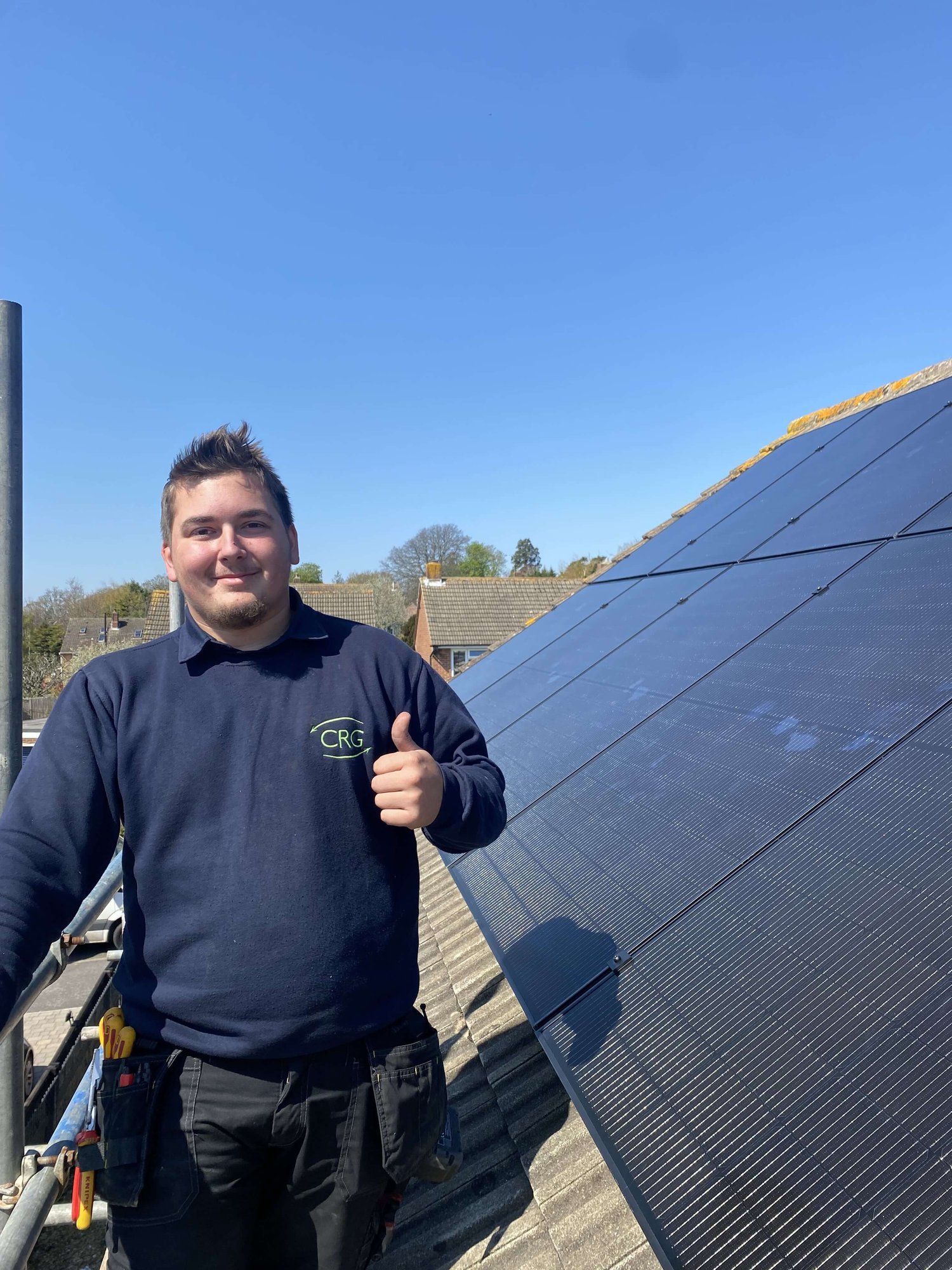



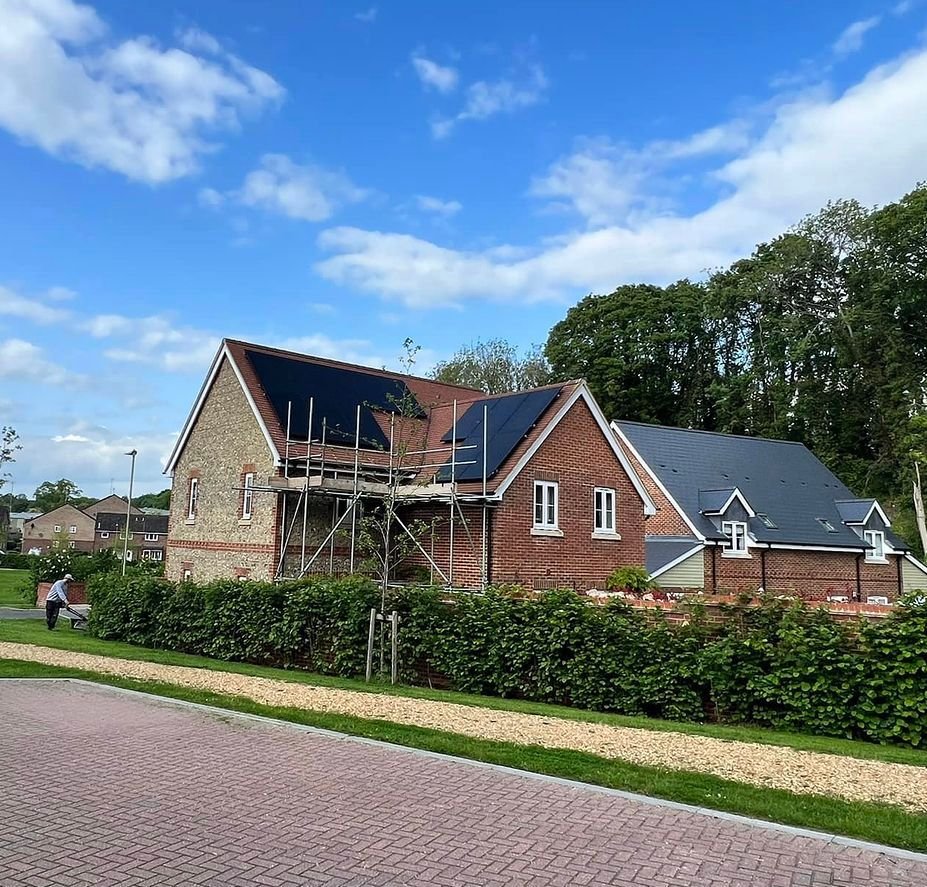

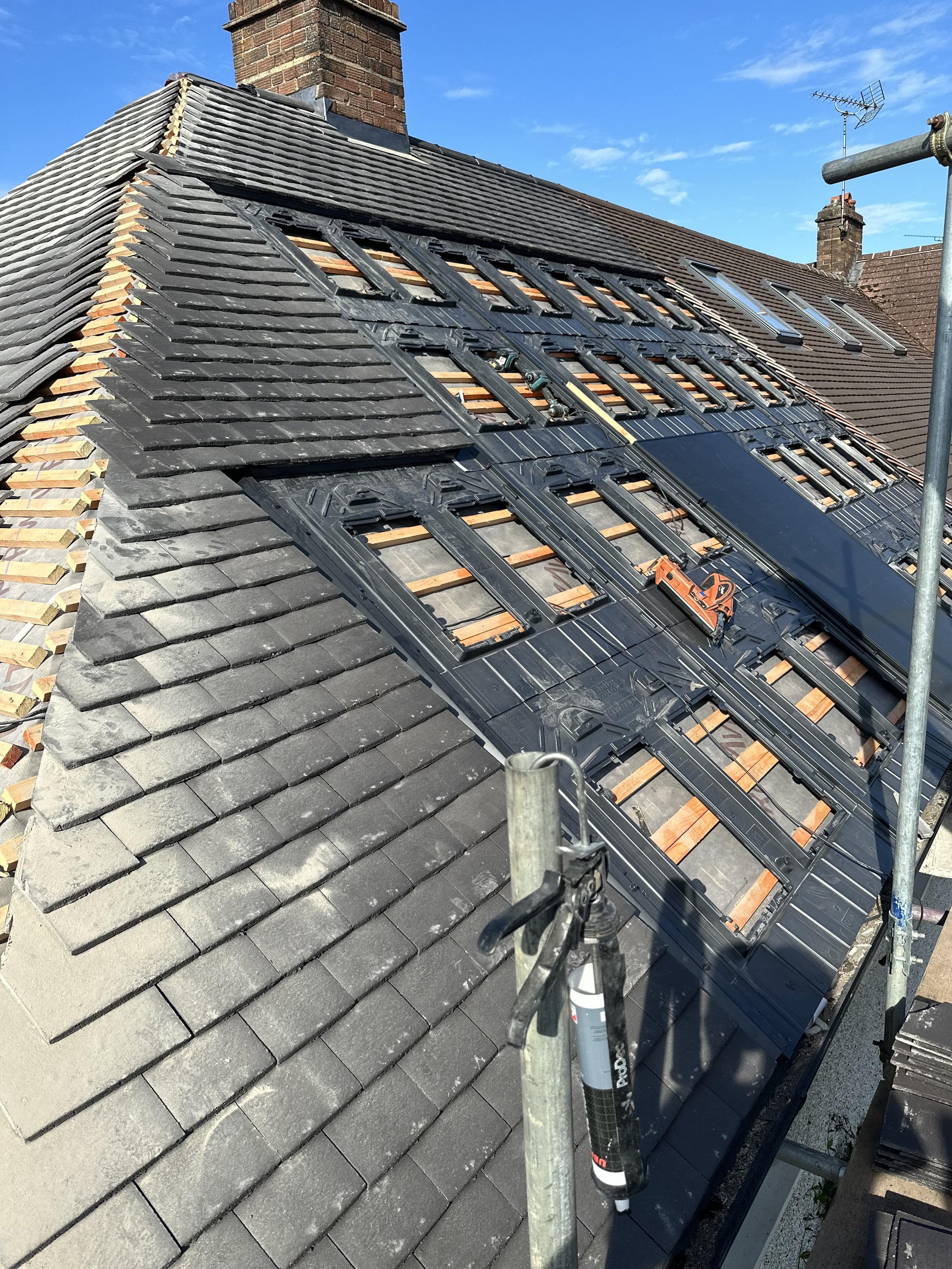
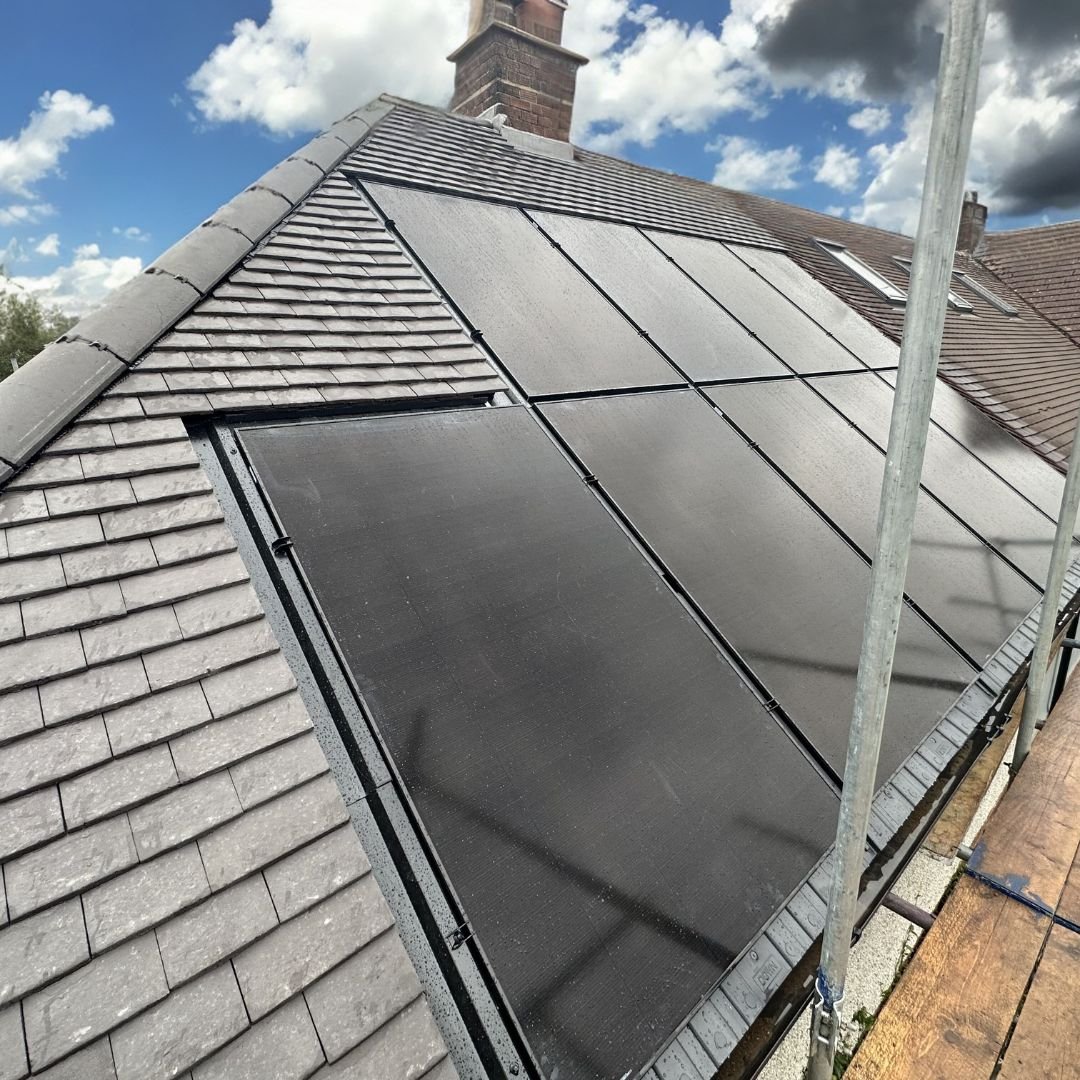

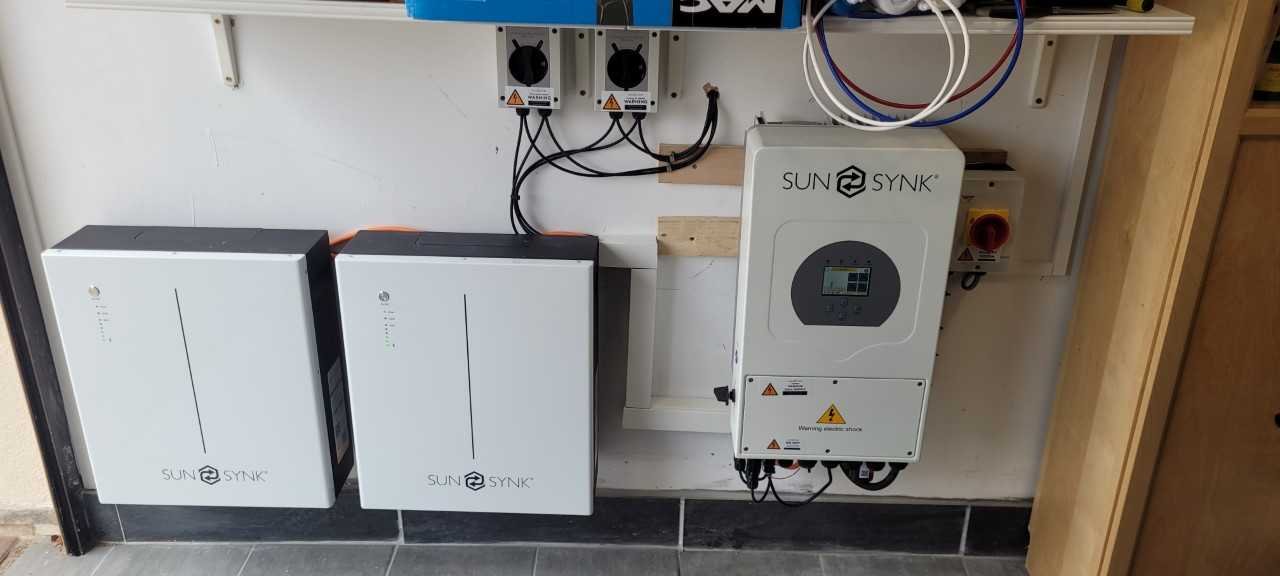

Solar Panel Installation and FAQ’s
Getting Started with Solar Panels
Dive into the world of solar panel installation with insights into flat roof setups, possible energy savings, how it works, panel options, and more.
Solar Panel Installation and Types
Discover how to participate in the SEG scheme and navigate planning permissions in the UK while exploring the essential concept of DNO approval for a seamless solar panel experience.
Find the best system size for your needs ☀️
Reliable Solar & Battery Services for Your Home
With CRG, you can be sure you’re getting the best results at a cost-effective price. Our highly-rated commercial solar installation services include the following:
Learn more about how our experienced solar energy professionals can help you — simply request a free quote online or call us on 0333 253 3531 today.
Read our great reviews.
From quote to after care we found CRG professional… From start to finish we found CRG helpful, professional and the workmanship excellent.






